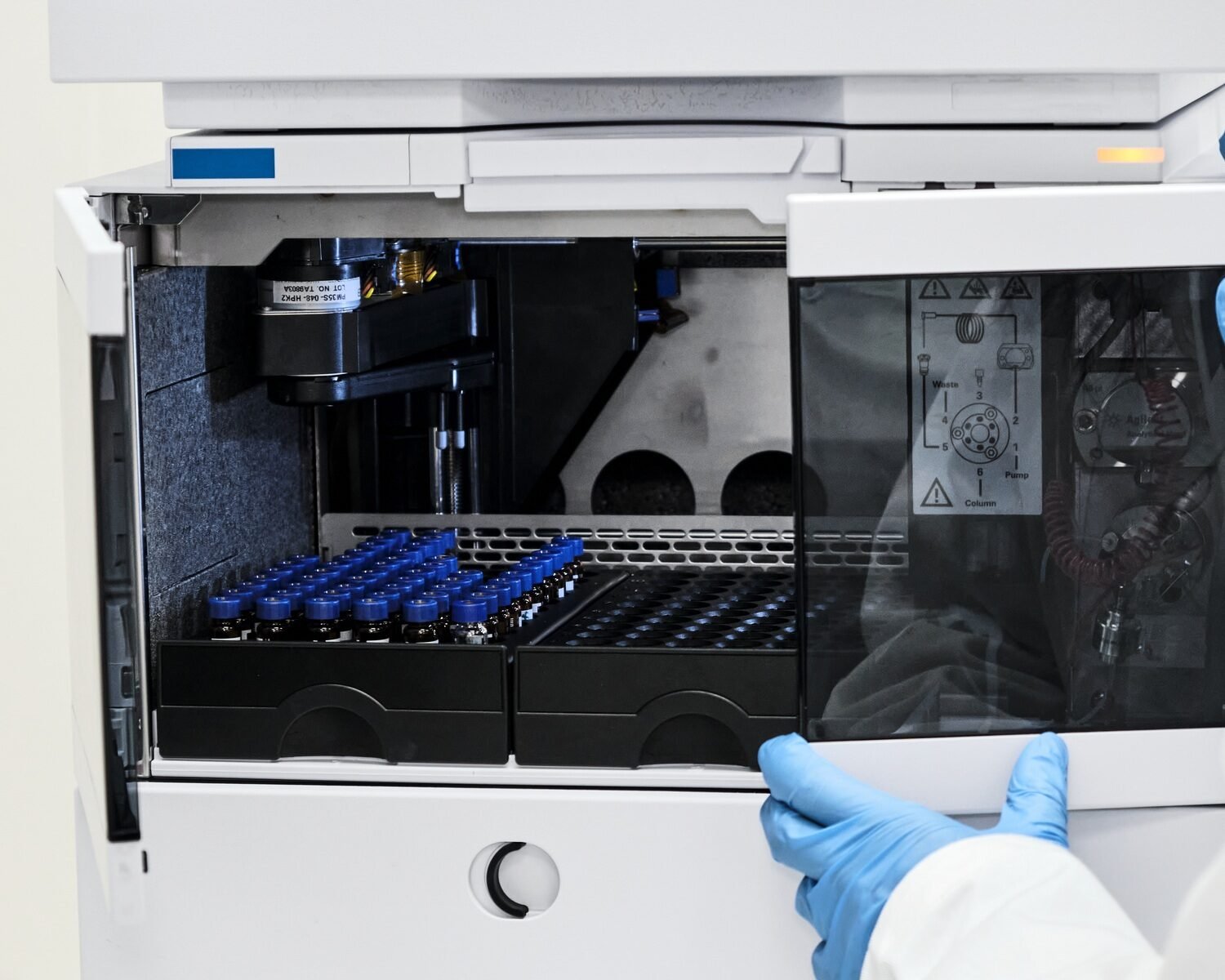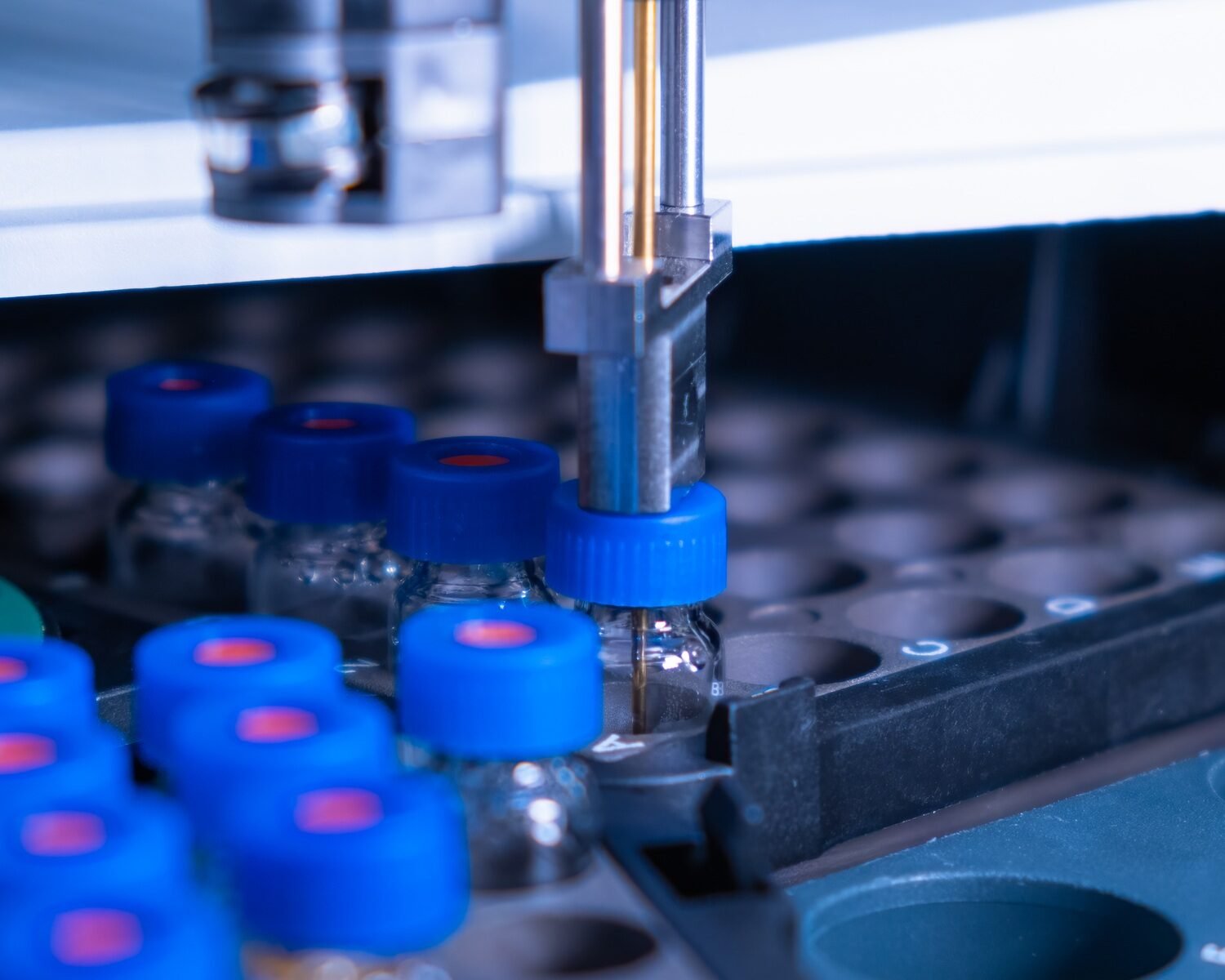When you hear the word “chromatography,” what comes to mind? Maybe it feels like one of those high-level scientific terms that are out of reach, or maybe it just seems like another process happening behind the closed doors of a laboratory. But let me tell you, chromatography labs play a crucial role in modern science, and their work touches a surprising number of industries—from pharmaceuticals to food safety.
What Exactly Happens in a Chromatography Lab?
A chromatography lab is essentially a place where scientists and researchers separate mixtures into their individual components. Why? Well, understanding the composition of complex mixtures can help in drug development, environmental monitoring, food safety testing, and much more. Think of it like a chef carefully dissecting a dish to identify all the unique flavors and ingredients. The lab technicians use special techniques to break down substances to see exactly what they’re made of.
But here’s the question: Why is that separation so important? Imagine you’re developing a new drug. You need to know if there’s any harmful substance mixed in with your active ingredient. Or maybe you’re testing water quality. You have to be sure that no toxic chemicals are lurking in the mix. This is where chromatography shines. It helps pinpoint the smallest details that can make a big difference.
Do you agree that having such precision is essential in fields like medicine and environmental science? What do you think happens if these details are missed?

The Main Types of Chromatography Used in Labs
There are several types of chromatography, and the method used depends on what the lab is trying to analyze. Here’s a quick overview of the most common ones:
1. Liquid Chromatography (LC)
In Liquid Chromatography (LC), the mixture is dissolved in a liquid and passed through a column filled with a solid material. This method is especially useful for separating large molecules like proteins and peptides. It’s used extensively in biopharmaceutical research.
2. Gas Chromatography (GC)
Gas Chromatography (GC) is often used for volatile compounds—substances that easily turn into gases. For example, GC can analyze the chemicals in a perfume or detect pollutants in the air. It’s a fast and efficient way to separate gases and is used frequently in environmental science.
3. High-Performance Liquid Chromatography (HPLC)
HPLC is a more refined version of liquid chromatography and is widely used in both research and industry for analyzing substances in pharmaceuticals, food, and even forensic science. Do you think it’s important to have such powerful tools when it comes to ensuring our medicines are safe and our food is pure? I do.
Why Chromatography Is Critical for Industry
Chromatography labs aren’t just about separating mixtures—they’re about ensuring safety, quality, and innovation. Let’s break it down.
1. Drug Development and Pharmaceuticals
In drug development, chromatography helps ensure that a new medication is both effective and safe. By separating the active ingredient from potential impurities, scientists can make sure that only the right substances end up in the final product. This is essential for meeting strict regulatory standards set by authorities like the FDA (Food and Drug Administration) and EMA (European Medicines Agency)
For instance, HPLC is commonly used in quality control to confirm the concentration of active ingredients in drugs. Imagine a drug without the correct dosage of its active ingredient—it could fail to treat the patient or, worse, cause harmful side effects.
2. Environmental Monitoring
Chromatography labs also play a vital role in monitoring our environment. Whether it’s testing for pollutants in the air, soil, or water, chromatography ensures we’re aware of any harmful substances that might affect human health or the ecosystem.
Take water testing as an example. Using chromatography, labs can detect trace amounts of pesticides or heavy metals in water supplies. This information can then be used to ensure that the water we drink meets safety standards. Wouldn’t you want to know if there was something harmful in your water? That’s where chromatography labs come in.
3. Food Safety
Chromatography is used in the food industry to ensure that products are free from harmful additives and contaminants. For example, gas chromatography can identify pesticides on fruits and vegetables. It’s reassuring to know that the food we eat is being tested for safety, don’t you think?
Additionally, the technique can be used to test for authenticity. In the olive oil industry, for instance, chromatography helps detect whether cheaper oils have been mixed into what’s being sold as pure extra virgin olive oil. Are you paying for premium quality? Chromatography can help you find out.
How Chromatography Labs Ensure Accuracy
The work of a chromatography lab demands precision. The smallest mistake can lead to inaccurate results, which in turn could cause a dangerous drug to be approved or a pollutant to go undetected. That’s why chromatography labs rely on state-of-the-art equipment and highly trained technicians to get the job done.
1. High-Quality Consumables
One of the essential factors in ensuring accurate results in chromatography is the quality of the consumables used, such as vials, septa, and filters. Any contamination from low-quality consumables can lead to compromised results. This is why labs often choose high-quality products that are compatible with their instruments.
If you’re on the lookout for high-quality HPLC vials at sensible pricing, you won’t miss out Mastelf. With over 13 years of experience in chromatography vials, we can help you find the exact vials you need for your applications.
Our expertise ensures that you get reliable and precise products tailored to your specific requirements. Whether you’re in pharmaceuticals, research, or any other industry relying on HPLC, we understand your needs and are here to support you in making the right purchase.
Reach out to Mastelf, and let us assist you in procuring the perfect vials for your work.


2. Rigorous Calibration and Maintenance
Chromatography instruments require regular calibration and maintenance to function correctly. Even slight misalignments can affect the separation process, leading to unreliable data. Labs follow strict protocols to ensure that their equipment is always in top working condition, and many labs are regularly inspected to ensure compliance with industry standards.
The Future of Chromatography Labs
As technology continues to advance, so do the capabilities of chromatography labs. We’re seeing faster and more precise instruments being developed, which means quicker results and even more detailed analyses. With the rise of automation, some labs are even incorporating robotic systems to handle repetitive tasks, reducing the chances of human error.
But what does this mean for you and me? For one, it means safer drugs, cleaner environments, and more reliable food sources. Chromatography is becoming an indispensable tool in our daily lives, even if we don’t see it happening behind the scenes.
Conclusion: Why Should You Care About Chromatography?
In a nutshell, chromatography labs are the unsung heroes of scientific research and industry. They ensure the purity and safety of everything from the medications we take to the water we drink. Without them, we’d be flying blind, unable to detect potentially harmful substances hiding in plain sight.
So, the next time you think about the word “chromatography,” remember that it’s not just a fancy scientific term. It’s a vital process that impacts your health, your safety, and your world.
What do you think? Does this make you appreciate the work of chromatography labs a little more? Let me know your thoughts!










 For detecting contaminants: HPLC ensures food safety.
For detecting contaminants: HPLC ensures food safety.
